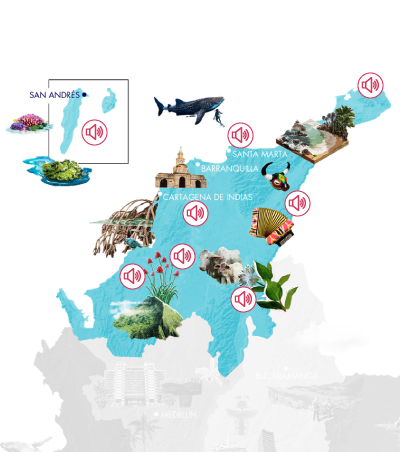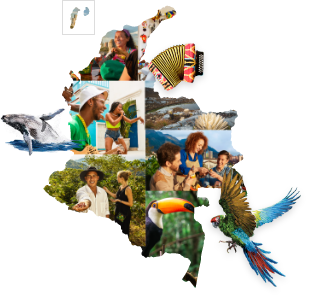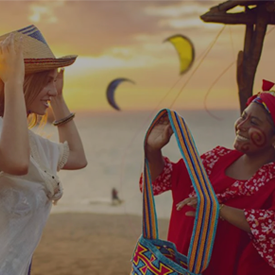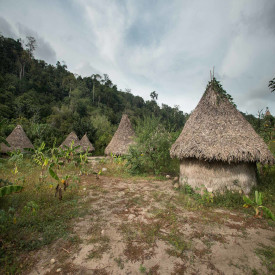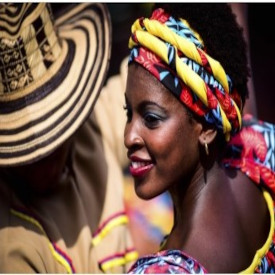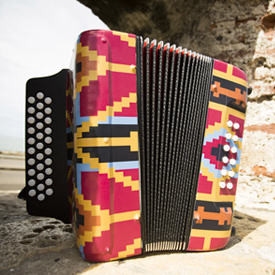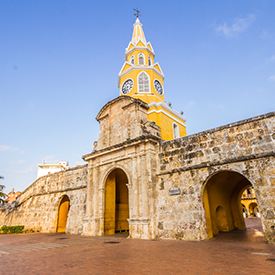Department of Atlántico, land of migrants and interculturality
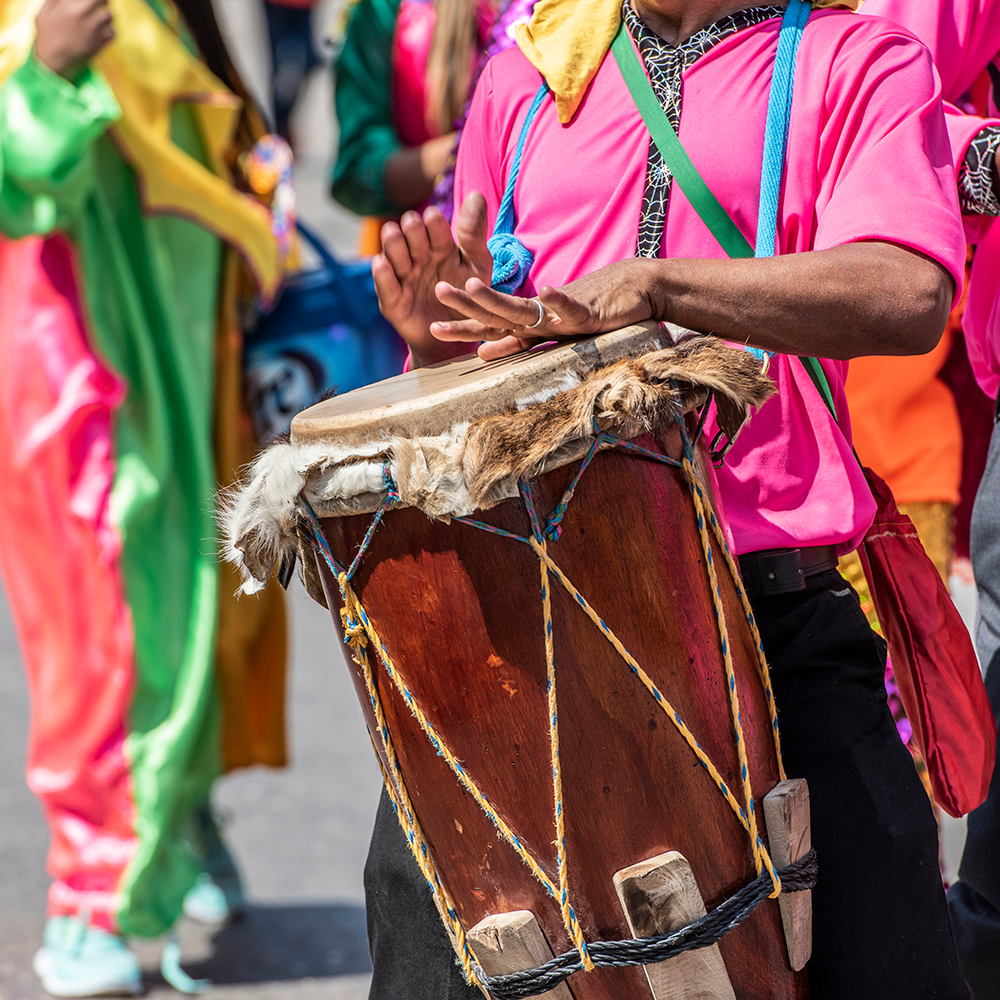
Credit: ProColombia
The department of Atlántico is one of the most important territories of Colombia, a land that represents development. The first airport in Latin America was built here, as well as the first seaport in the country, where mail, radio and television arrived.
This department is part of the tourist region of the Greater Colombian Caribbean. A territory where indigenous peoples and raizales live, full of biodiversity thanks to its different landscapes such as jungles, deserts, sea and reefs.
History
The capital of the department of Atlántico used to be called Hacienda de San Nicolás or Villa de Barranquilla. From its foundations it has been considered a free territory to which migrants arrived, mainly from Europe and the Middle East, bringing greater interculturality to the place together with indigenous and African peoples.
Strategic location
Since its foundation, Atlántico has always had a strategic location, not only because of its geography in the Caribbean Sea and the Magdalena River, but also because it is located between two notable departments: Bolívar and Magdalena.
For the tourist offer of this department we recommend the top five destinations to visit as Salinas del Rey beach (Santa Verónica), Usiacurí, Carnival Museum (Barranquilla), Salgar Castle and El Prado neighborhood (Barranquilla).
It is also important to invite tourists to visit the Gran Malecón del Río, Bocas de Ceniza, Salgar, Puerto Velero, Tubará, Santa Verónica, Luruaco, Ciénaga del Totumo and Piojó.
Highlight: We invite you to download the brochure of the department of Bolívar, land in which one of the most impressive colonial jewels of the country is located.
Fairs and parties
In the department of Atlántico, being a cultural and artistic land, festivities are celebrated that pay homage to folklore, diversity and tradition. Some of the greatest expressions are the Carnival of Barranquilla, Sabor Barranquilla, Festival of the mask and the bejuco, Festival of the egg arepa, Festival of the Merecumbé and Festival of the Totumo of Tubará.
Highlight: The Carnival of Barranquilla is one of the most important festivities in the country. In 2003 it was declared a Masterpiece of the Oral and Intangible Heritage of Humanity by Unesco.
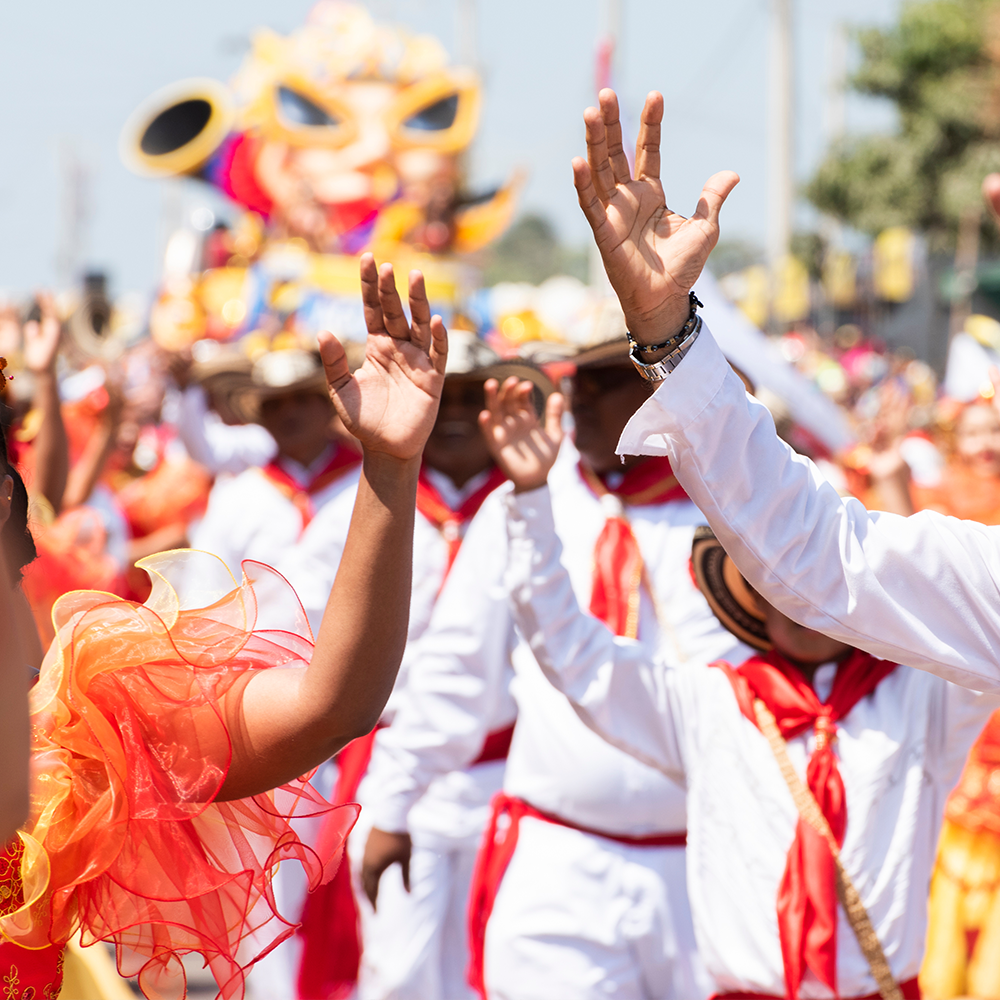
Credit: ProColombia
Photo capt: The Carnival of Barranquilla is one of the biggest cultural, historical and musical expressions of the Greater Colombian Caribbean.
Gastronomy
The gastronomy is one of the strengths of the department thanks to its fusion of indigenous, African, European and Arabic food. From the above, a unique flavor is born, being one of the greatest attractions for visitors.
Among its preparations are the rice of lisa, seafood and coconut; rib sancochos, beef tail, Creole, mondongo and three-phase hen; buns de mazorca, yucca, angelito,clean; fried as the empanada, egg arepa, carimañola and chicharrones.
Music
As well as gastronomy, music is one of the greatest expressions of the department, inspired by European, indigenous and African culture. Thanks to these fusions, native rhythms such as the famous Colombian cumbia and merecumbé are derived.
Highlight: The origins of cumbia are derived from indigenous pre-Columbian melodies and African rhythms from the Greater Colombian Caribbean. In turn, the merecumbé is a musical style created by the composer Francisco "Pacho" Galán and is a mixture of merengue from the department of Magdalena and indigenous cumbia.
Also, from these cultures are derived dances such as the mapalé, the chandé, the son de negro, doodle, and costumes such as the bold Puloy, the marimonda and the monocuco.
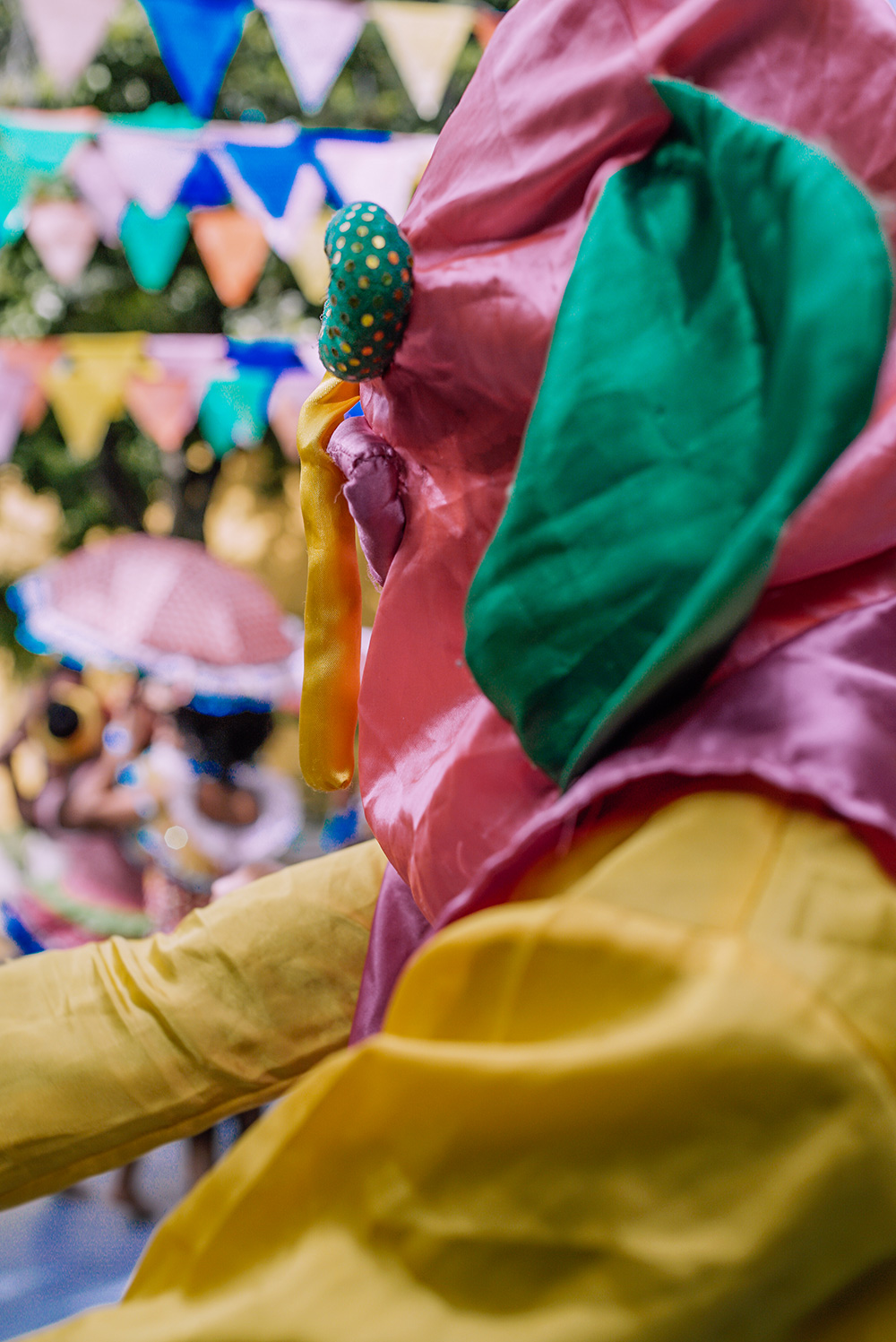
Photo caper: The marimonda costume is one of the most emblematic of the carnival. It is a hybrid of an elephant and a primate.
The Atlantic has been the cradle of artists of international stature such as the Barranquilla singer, Shakira. Also recognized personalities such as Alci and Checo Acosta, Francisco Galán, Efraín Mejía, Meira Delmar, Marvel Moreno, Esthercita Forero and José María Peñaranda.
Finally, the history ofthe department of Atlántico is full of intercultural, innovative, musical and artistic elements that have contributed to the development of its cities and towns. This has made it a legacy not only for the Greater Colombian Caribbean, but for the entire country.




